2007 Granturismo 200
2007 Vespa Granturismo 200
Intro
Vespa, owned by the Italian company Piaggio, which also produces scooters under that name, all but invented the modern-day scooter after World War II. It began exporting the Granturismo, or GT, line to the United States in 2003. The GT 200, a carryover, was the largest step-through scooter in Vespa’s lineup until 2006, when the manufacturer brought out the GTS 250.
Although many expected the GTS line to replace the Granturismo, Vespa kept the scooter in its lineup for several more years.
The Granturismo’s 200cc, liquid-cooled, single-cylinder engine puts out 21 horsepower and 12.9 lb-ft of torque; because the engine was so much larger than any earlier Piaggio (which owns the Vespa brand) engine, the scooter required a new design—one that wouldn’t stray too far from Vespa’s famous profile. With the additional changeover from 10-inch to 12-inch wheels, Vespa’s designers decided that the sides had to be wider and the overall size larger.
At the time the scooter was introduced, the Italian designers said, We had to redo all the proportions, both length and height-wise. Since we made the sides bigger, we had to narrow the lower part of the seat to create a proportionate side view as well as give the Granturismo the slender profile of more classic Vespas. The result is a 54.9-inch wheelbase and an overall length of 76.4 inches.
The suspension system consists of a single front arm with adjustable rebound damping, so it can be tailored to a rider’s weight (or the payload weight), and dual rear shocks—a steel twin-sided swing arm and an adjustable spring pre-load. The brakes, 8.7-inch discs front and back, are up to the task of stopping the scooter efficiently, and the belt-driven continuously variable transmission makes for smooth and easy shifting.

Like all Vespas, the Granturismo 200’s body is a pressed-metal monocoque, providing rigidity and sturdiness that a plastic body on a steel-frame typical of other scooters just can’t match. If it has a drawback, it’s the fact that it weighs more than other small-bodied scooters, tipping the scale at 308 pounds. For 2007, that sheet metal body came in four colors: black, plum, gray, and midnight blue.
Chrome trim, pop-out foot pegs for the passenger, and a round headlamp mounted in the middle of the handlebars all contribute stylish touches.
Optional additions include a chrome kit, a chrome front and/or rear luggage rack, a top case—probably a good idea, since the underseat storage will not accommodate a full-face helmet—and a windshield. If the stock vinyl seat isn’t quite what you want, you can switch it out for a suede Schedoni seat, with a matching backrest.
The digital instrument panel has just the basics: fuel gauge, speedometer, temperature warning gauge, and odometer, along with high-beam and turn signal indicators.
Acceleration is more than adequate to handle stop-and-go city commuting, and the scooter has enough power to take it on the freeway for short hops. Riders report that the scooter is comfortable for hours at a time, and while Vespa doesn’t offer an official estimate of fuel economy, the 2.5-gallon tank is generally good for about 150 miles. Of course, if you’re buying a Vespa, you’re buying eye-catching style as well as a fun ride.
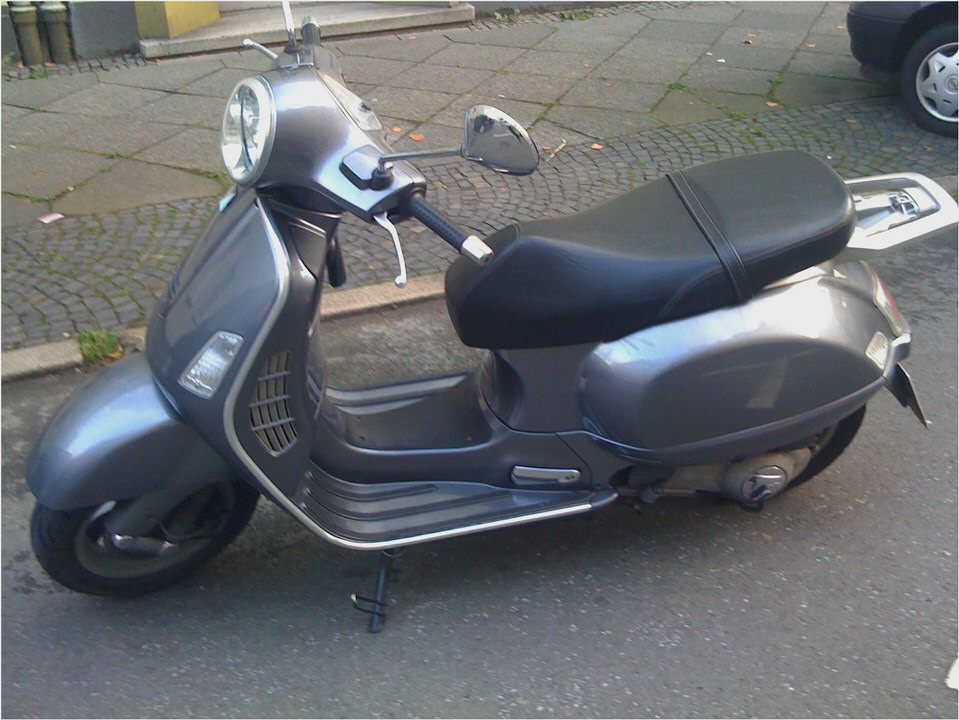
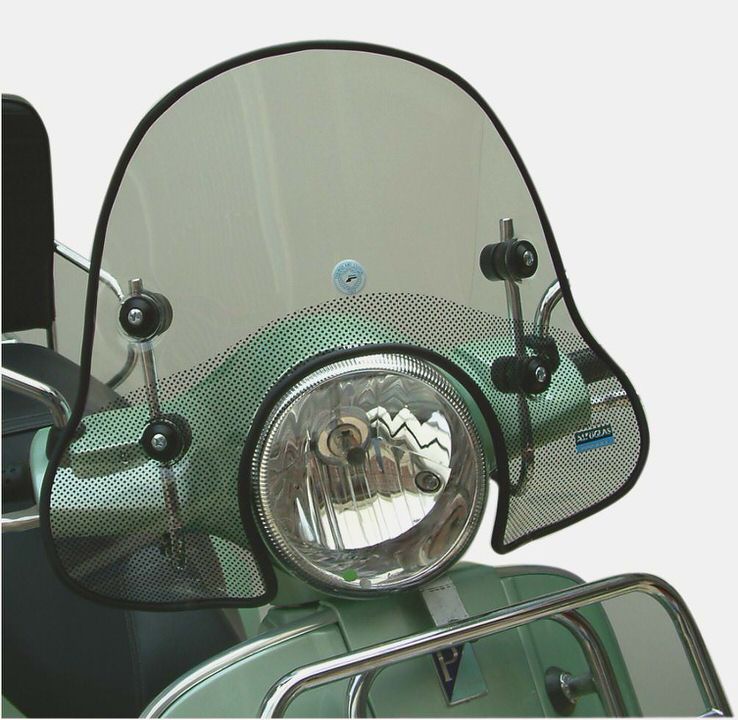
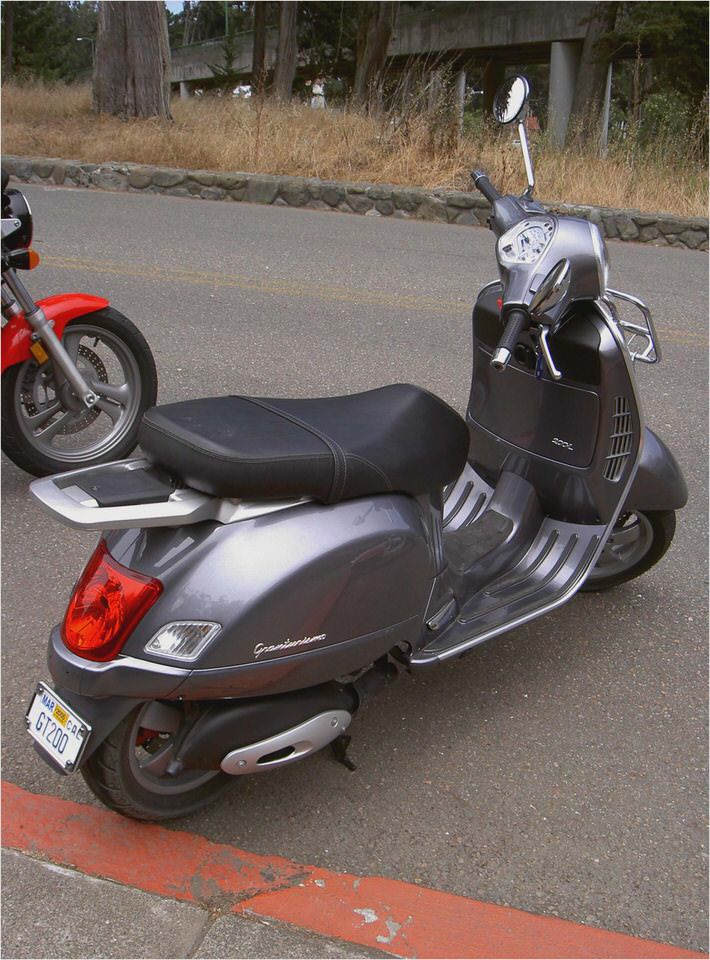
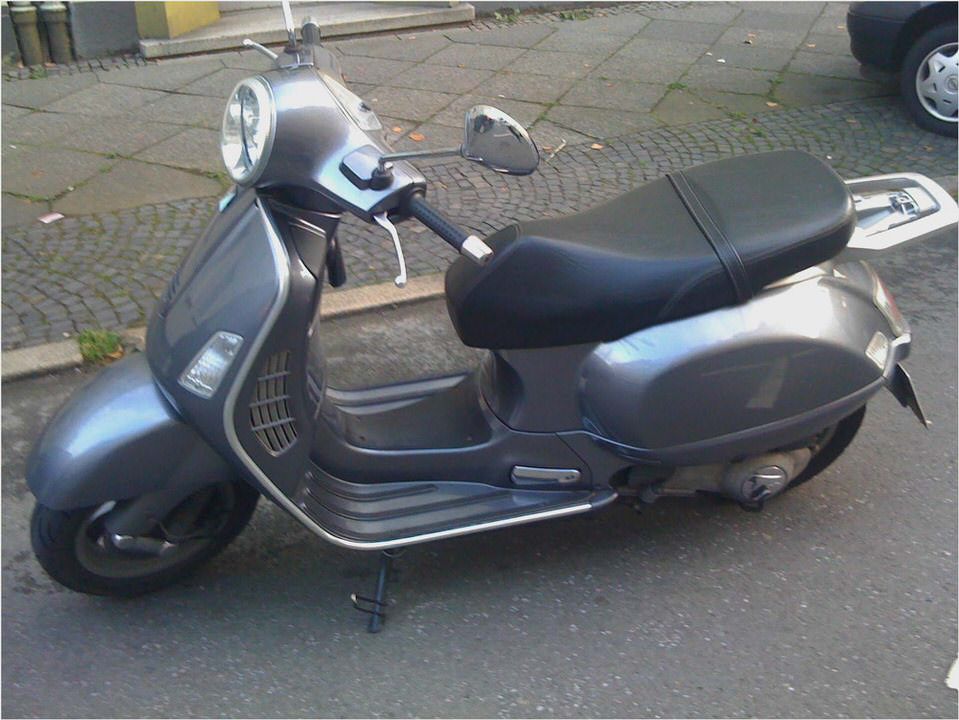
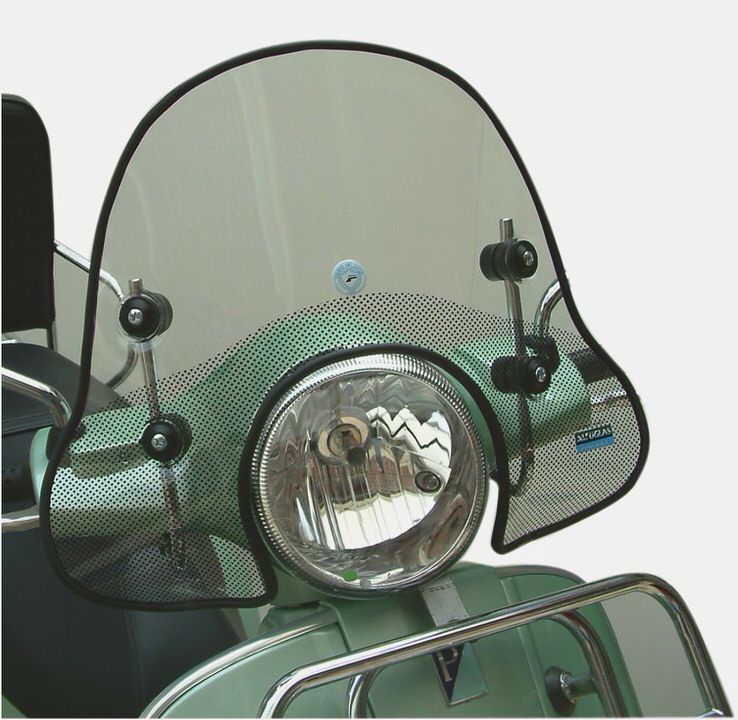
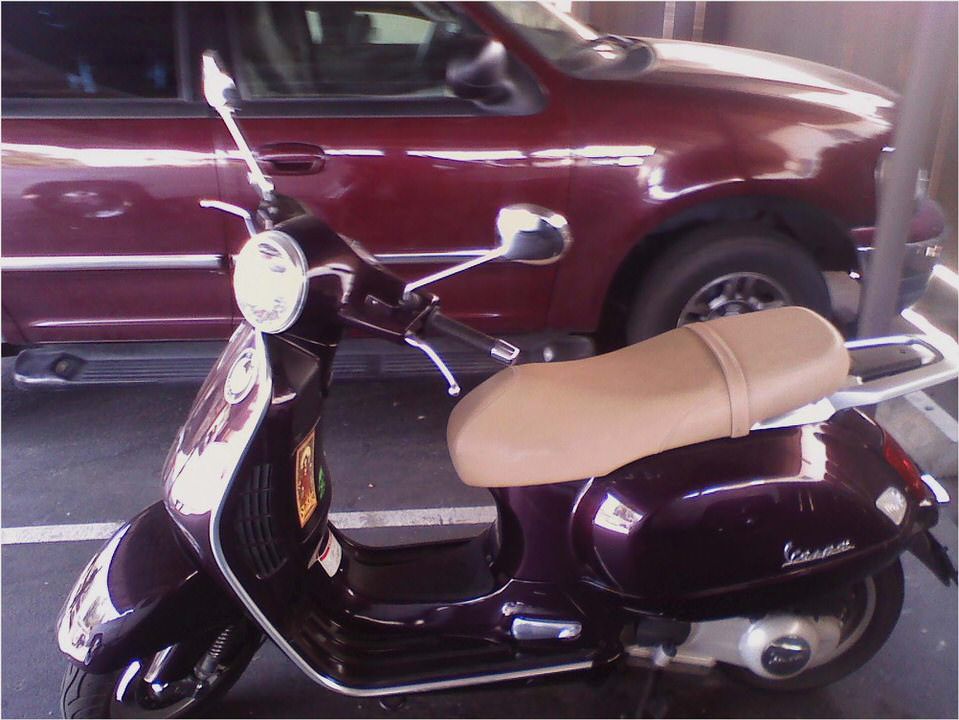
- Launch: Vespa LX 150 Apple Edition TheCarGuysMY
- 2012 Vespa GTS 300 Super Sport Review
- Modern Vespa : Vespa GTS 300 Super
- Vespa LX 125i Touring Test Motorcycles
- 2009 Vespa GTS 300 Scooter US Debut – Motorcycle USA

